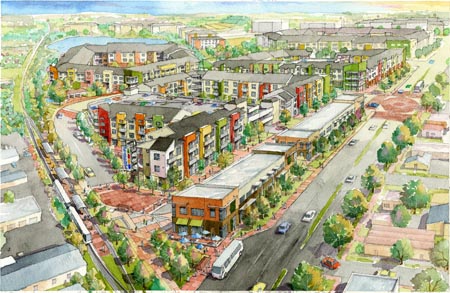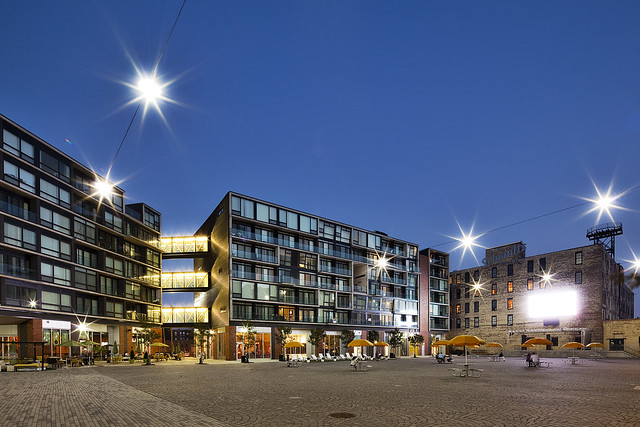The final project in studio this semester was to explore the usefulness of information technology tools towards accomplishing goals of sustainability. The working hypothesis is that artifacts that are able to sense and respond to changing environmental data could provide more comfortable spaces that consume fewer overall resources.




With the assistance of Bryce Beamer, we would learn about ARDUINO, sensor controls, and how to make an object that could react to inputs to increase human comfort ranges. We divided into two teams after learning the basic code structure to work on conceptual designs. One team being Cass and Colm, the other being David, Maryn, and myself. Our team started thinking about ways to change a roof structure so that it could allow heat and light while preventing rain and without compromising insulation.
Reactive Roof Panel
Our initial design was a rectangular panel that would collect solar energy on one side, and a moving ventilation area on the other. This was a single unit trying to serve ventilation, daylighting, solar reflection, and solar collection needs. After working with this design for about a week, we thought it may be more beneficial to break the system apart and create a modular panel instead.We then designed three panels to work together: (1) a solar thermal collection panel, (2) a daylighting panel, and (3) a ventilation panel. By changing form from a square to a hexagonal shape, it would allow us to contour the roof to non-flat surfaces. Also, by dividing the jobs into three separate panels, we are able to introduce them at different quantities to suit geography.
Building the Ventilation Panel
We met in Dave’s basement in New Jersey to prototype the ventilation panel. Unfortunately, we lacked the time and tools to create a polished model, but as you can see we made due with what we had. The panel was made of two sheets of 2" rigid polystyrene epoxied together, held within a wood frame. A plexi top would prevent precipitation from entering the module. Cutting, smoothing and preparing the foam was much more challenging than expected. If I ever would do this again I would make sure to get a hot wire to sear through it. Dave's mechanical abilities allowed him to build a complicated elbow look amazingly simple. It would pivot the foam plug up (open) or down (closed) based on the screwgun commands.






Proof Of Concept
In class we were able to successfully show the module responding to humidity, temperature, and barometer readings. The reacting mechanism failed in lifting the insulation plug up and out, due to a weak screwgun.
Overall, the assignment was a great way to introduce us to the possibilities of reactive environments. Working in balanced teams allowed us to create a successful modular roof ventilation panel. It's amazing to see that technology like this is within short reach and that it's easily implementable.





